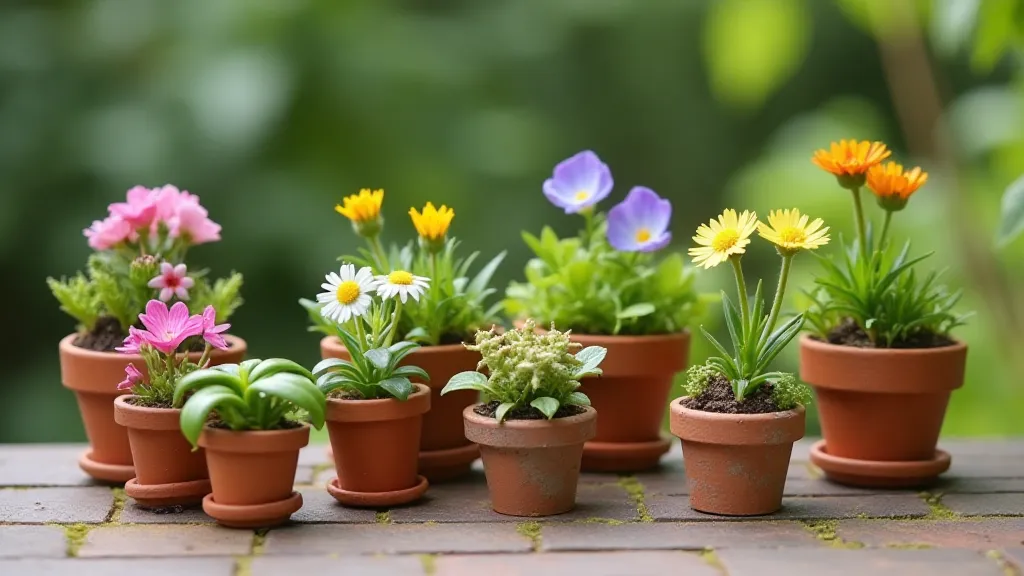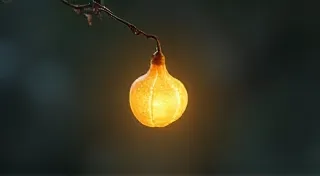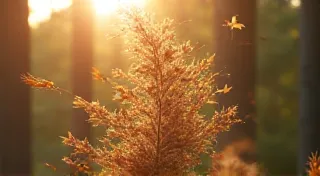Whispering Willows: Training Miniature Trees for Graceful Forms
There's a profound quietude that settles when you’re working with miniature trees. It's a quiet born not of emptiness, but of intense focus, of a conversation held between your hands and the patient, resilient life contained within those tiny branches. It reminds me, oddly, of working on antique accordions. The feel of aged wood, the careful adjustment of reeds – it’s all about coaxing a delicate mechanism into harmonious song. Both demand respect, a slow and deliberate touch, and a deep understanding of how things breathe and move.
My first foray into miniature gardening was, admittedly, a disaster. A single juniper, purchased from a local nursery, met a swift and rather undignified demise under my less-than-expert care. It was a lesson in humility, a reminder that even the most beautiful things require nurturing and understanding. It wasn't until I started exploring the art of training miniature trees, specifically weeping willows and Japanese maples, that I truly began to appreciate the quiet artistry involved.
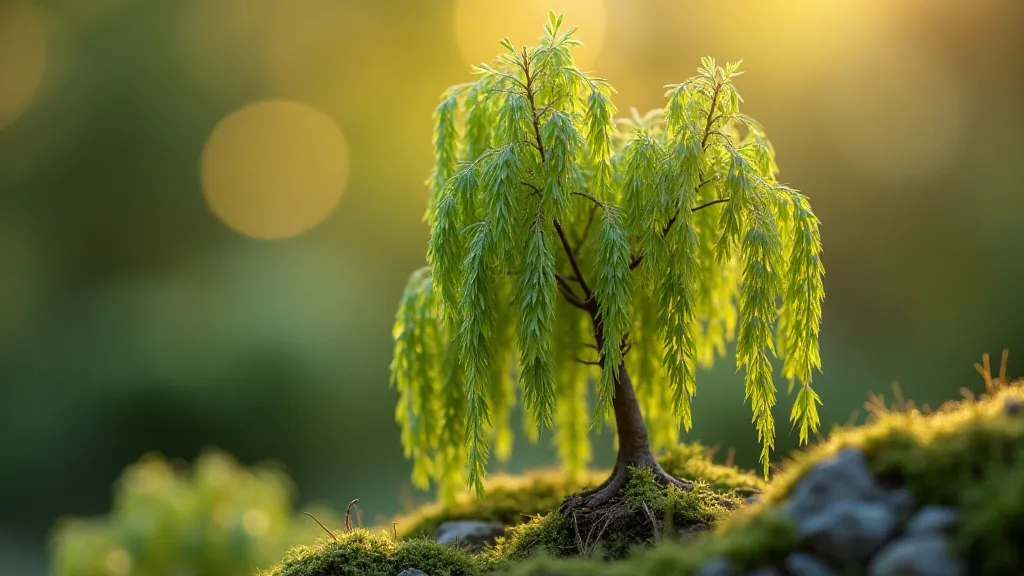
The Soul of the Willow
The weeping willow (Salix babylonica) holds a particular allure. Its drooping form, its gentle sway in the breeze – it speaks of melancholy, of resilience, and of enduring beauty. In miniature, this grace is amplified. But achieving that perfect, cascading form isn’t simply a matter of planting a sapling and hoping for the best. It requires thoughtful training, a process of gentle guidance over time.
Historically, the art of bonsai – and related training techniques – originates in China centuries ago, evolving into a refined practice in Japan. While the scale is drastically different, the principles remain the same: understanding the tree’s natural growth habit, anticipating its response to pruning and wiring, and shaping it to express a desired aesthetic.
Early Training: Establishing the Foundation
The training process typically begins with a young tree, ideally one that's been recently propagated or is readily available from a specialist supplier. The initial steps are focused on establishing a strong foundation. This might involve root pruning to control size and encourage branching, and the strategic removal of unwanted growth.
Wiring is a crucial technique. Thin, flexible wire is carefully wrapped around branches, gently bending them into the desired shape. It’s an art form in itself, requiring a delicate touch to avoid damaging the bark. The wire is left in place for a period, allowing the branches to “remember” their new position. Regular checking is vital; too tight and it can constrict growth, too loose and it won't hold the shape.
Pruning for Weeping Form
Pruning is perhaps the most critical element of training a weeping willow. Unlike the vigorous, upright growth of many tree varieties, weeping willows require a different approach. Selective pruning encourages lateral branching – the outward sweep that creates the characteristic weeping form. This isn't about aggressive cutting; it’s about carefully removing branches that detract from the overall aesthetic.
Think of it like restoring an antique accordion. You wouldn’t aggressively chop away at the bellows or the keyboard. Instead, you'd meticulously clean, repair, and adjust, allowing the instrument’s inherent beauty to shine through. Similarly, in miniature gardening, the goal is to enhance, not dominate.
Moss Cultivation & Creating the Landscape
A weeping willow doesn’t exist in a vacuum. The surrounding landscape plays an equally important role. Miniature moss cultivation is essential for creating a naturalistic setting. Different varieties of moss – sheet moss, cushion moss, reindeer moss – offer a range of textures and colors. Maintaining the moss's moisture is key; a fine misting with distilled water regularly works wonders.
Consider the soil mixture too. A well-draining mix, incorporating peat moss, vermiculite, and perlite, will help prevent root rot and ensure healthy growth. Small-scale landscaping, complete with scale model flower pots (tiny terracotta pots are particularly charming) adds depth and realism to the miniature scene.
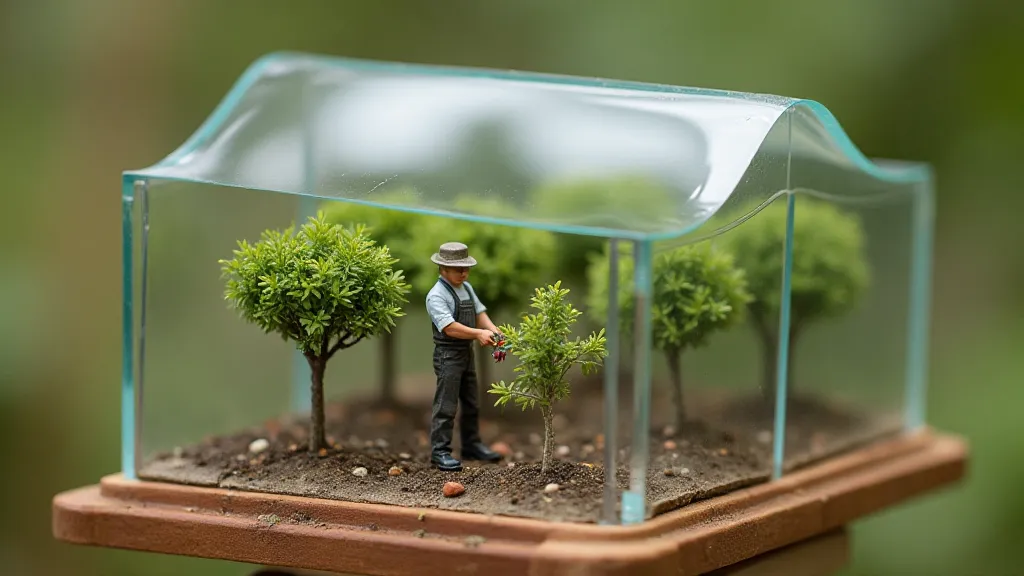
Terrarium Building for Controlled Environments
Creating miniature greenhouses offers a controlled environment for training and nurturing these delicate trees. A small glass terrarium, carefully constructed and appropriately ventilated, can provide the ideal conditions for growth. This also allows for easier monitoring of humidity levels and light exposure.
Building the terrarium itself is a rewarding project. Layering pebbles for drainage, followed by a filter fabric and a custom soil mix, creates a functional and aesthetically pleasing base. Remember to choose a terrarium with ample ventilation to prevent fungal growth – just as a master accordion repairer needs to ensure the instrument breathes properly.
Miniature Bonsai Techniques: Adapting the Principles
While full-scale bonsai focuses on creating a representation of an aged, mature tree, the underlying principles are directly applicable to miniature weeping willows. Techniques like Jin (creating bare, aged branches) and Nebari (developing a prominent root flare) can be adapted to enhance the realism and artistic appeal of these tiny trees. These advanced techniques demand patience and a willingness to learn from both successes and failures.
Long-Term Care and Observation
Training miniature trees is not a quick process. It's a commitment, a conversation held over months and years. Regular observation is key. Monitor the tree’s growth, adjust the wiring as needed, and be prepared to adapt your approach based on its response.
There's a deep satisfaction that comes from nurturing these miniature landscapes. It's a quiet joy, akin to the feeling of hearing a perfectly restored antique accordion play its first, resonant notes. It is a testament to the power of patience, the beauty of detail, and the enduring connection between human hands and the natural world.
